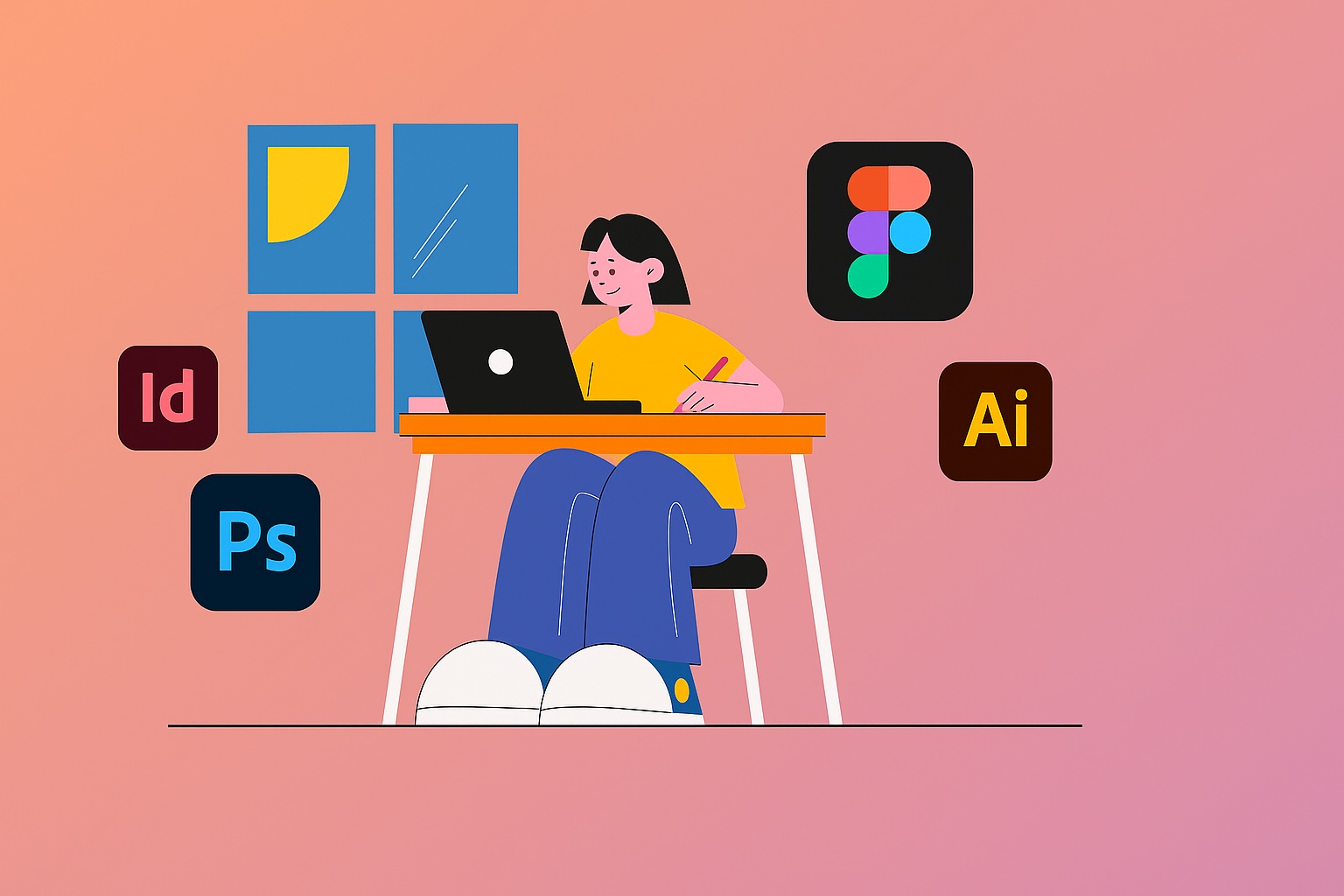With our increasingly busy digital lives, visual communication has never been more important. From social media platforms to business branding, graphic design is a vital part of shaping the way we perceive information, engage with content, and believe in brands. You might not even realize it, but graphic design surrounds us—logos, posters, billboards, websites, packaging, and even the apps we use daily.
But what is graphic design's weakness? Why is it still one of the most valuable skills in modern communication? Let’s examine why graphic design matters and how it impacts every area of our digital lives.
1. First Impressions Matter
Within seconds, someone can form an opinion about a site, product, or business. Graphic design is what initially catches the eye. A polished logo or homepage can leave a lasting impression that sparks curiosity. Poor design, however, can instantly turn people away—even if the content or product is outstanding.
Visual appeal builds trust and credibility. When a brand looks professional, clean, and consistent, people are more likely to trust its quality. That’s why businesses invest heavily in their visual identity.
2. Communication Beyond Words
Graphic design is far more than just 'making things look pretty.' It's a powerful form of communication. Through color, typography, layout, and imagery, designers can evoke emotion, tell stories, and guide viewers' attention.
For instance:
- Red evokes urgency or excitement
- Blue conveys calmness and reliability
- Fonts affect tone—a playful script font fits a kids' party invite, but not a law firm’s website
This ability to communicate visually makes graphic design incredibly effective in marketing, branding, education, and entertainment.
3. Branding and Identity
Every great brand has a strong visual identity. Think of Apple, Coca-Cola, or Nike—what comes to mind? Their logo, color palette, and signature design style. That’s the power of consistent and strategic graphic design.
When your design is consistent across all platforms—website, social media, ads, packaging—it builds recognition and trust. People are more likely to remember and engage with a brand they can visually identify.
4. More Engagement
Content isn’t enough on its own. Whether it’s a blog post, Instagram reel, YouTube thumbnail, or ad campaign, the way it looks can greatly influence how people interact with it.
- A strong design grabs attention
- Infographics make complex info easy to digest
- A great poster can inspire action or event attendance
Good design leads to more likes, shares, comments, and conversions.
5. The Career Opportunities
With the digital world expanding rapidly, the demand for graphic designers is growing. Businesses need creatives for their websites, social media, advertising, branding, and print materials. Even schools and influencers rely on strong visuals to stand out.
Graphic design is no longer just a hobby—it’s a professional, well-paying career. Thanks to tools like Canva, Adobe Creative Cloud, and Figma, anyone can start learning and building their skills from scratch.
Conclusion
Graphic design isn’t just art—it’s a vital tool for connection, influence, and expression in today’s world. Whether you're a student, entrepreneur, or content creator, understanding good design can help you communicate ideas clearly and leave a lasting impression.
If you love creativity and visual storytelling, graphic design might be your next big step. With the right tools and consistent practice, your ideas can come to life through designs that inform, inspire, and impact the world.


